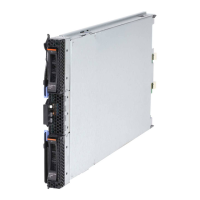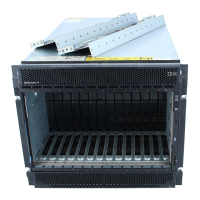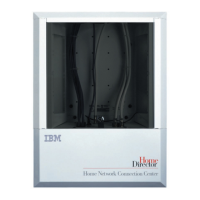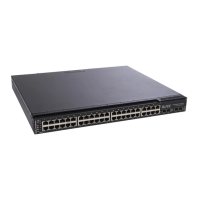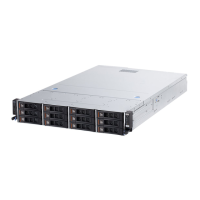This is a common network design. Through trunks, switches C and D have
redundant links to backbone switches A and B. Trunks, by default, carry all the
VLAN traffic from VLAN 1 and VLAN 2. Therefore, switch C is not only receiving
traffic for VLAN 1, but switch C is also receiving unnecessary broadcast and
multicast traffic for VLAN 2. Switch C is also blocking one port for VLAN 2. Thus,
there are three redundant paths between switches A and B and two blocked ports
per VLAN. This increases the chance of a data loop.
138 IBM BladeCenter 4-Port Gb Ethernet Switch Module: Installation and User’s Guide

